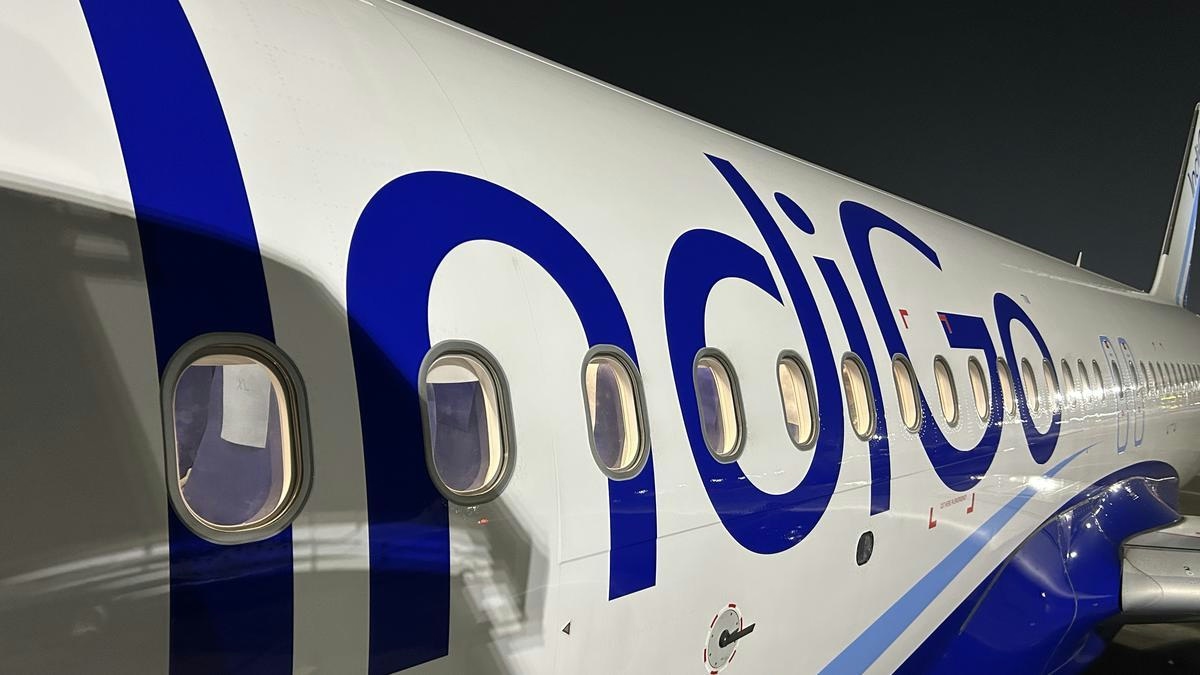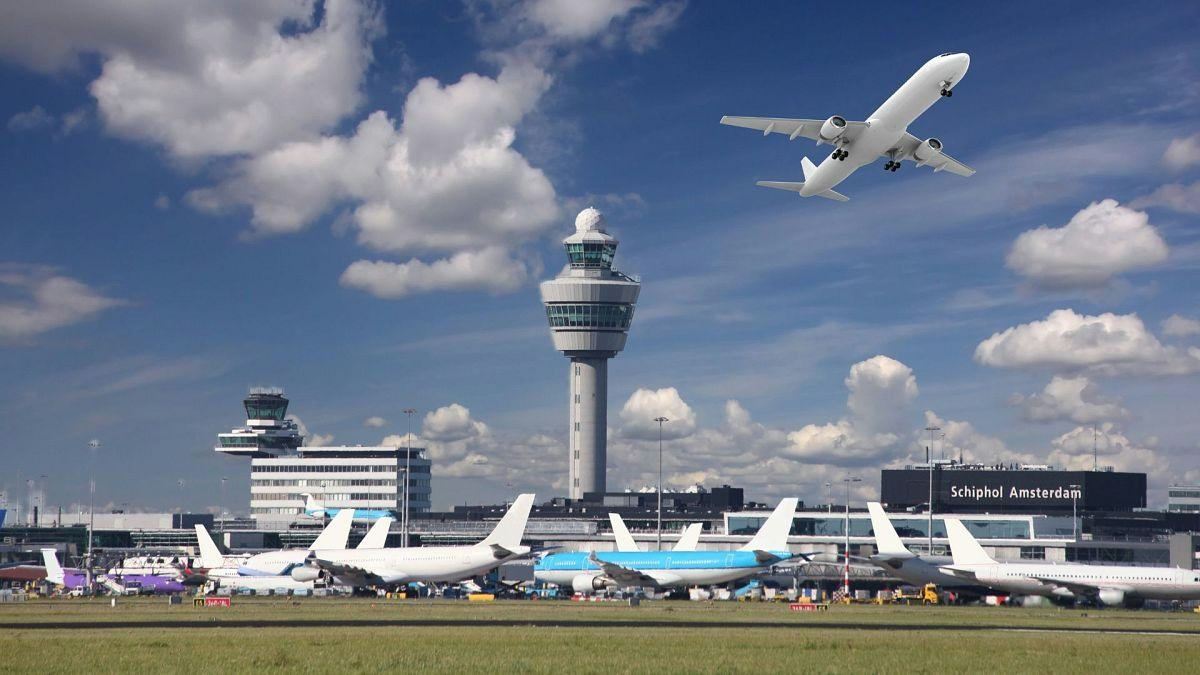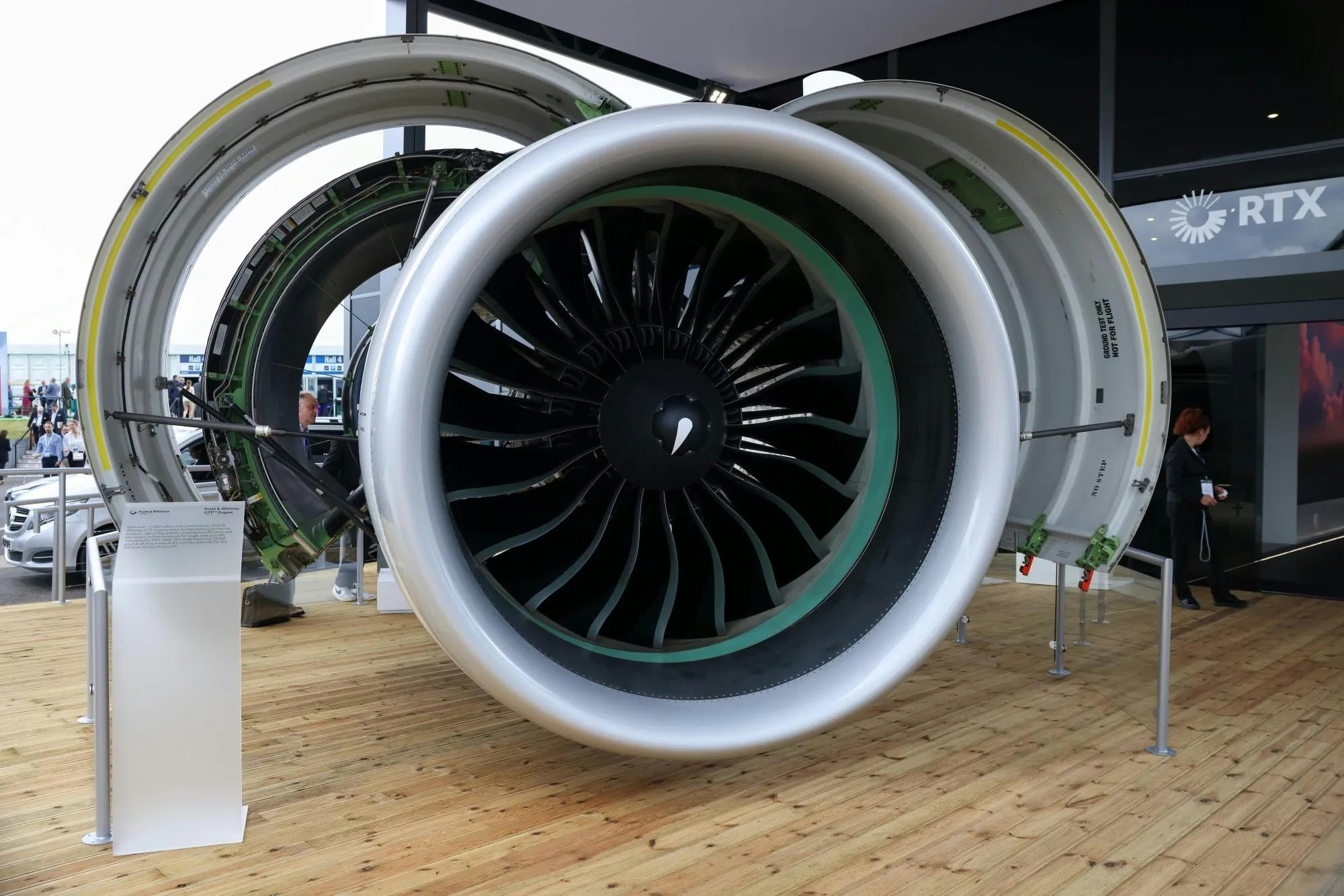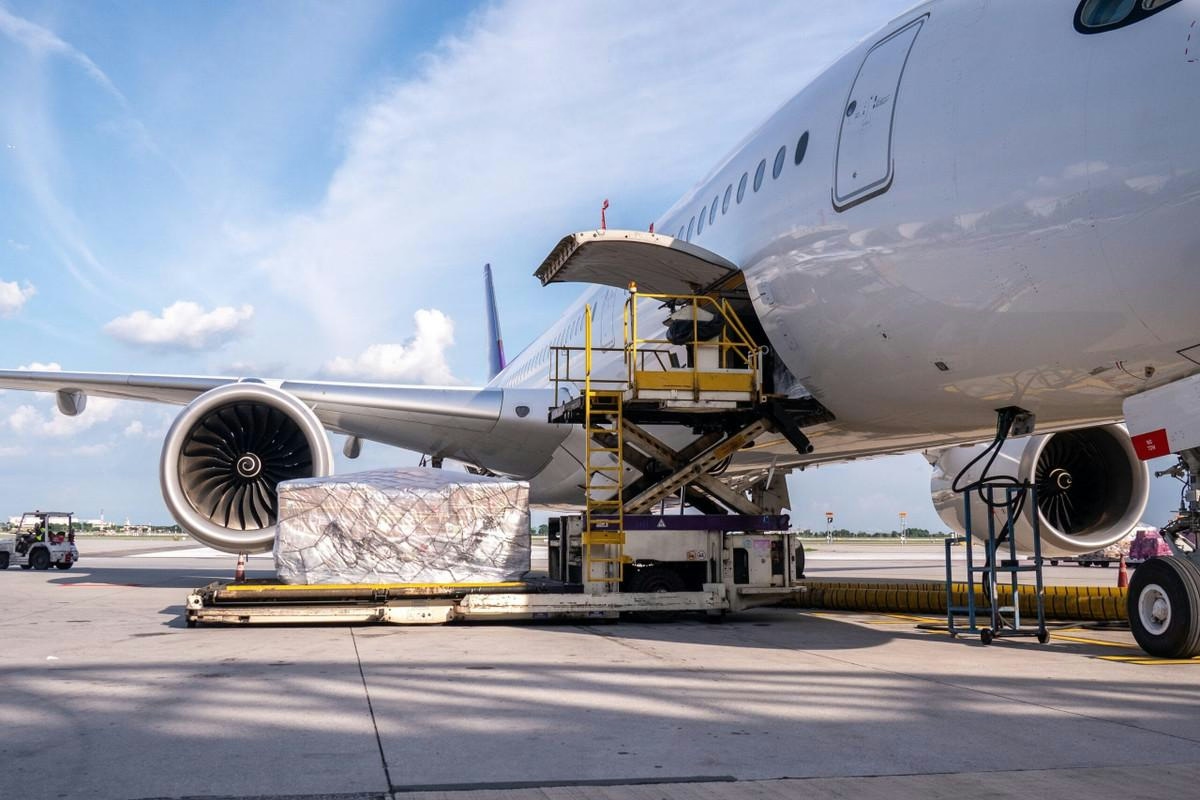
AeroGenie — 您的智能副驾驶。
热门趋势
Categories
Boeing to Sell Aviation Software Unit to Thoma Bravo for $10.55 Billion

Boeing to Divest Aviation Software Unit to Thoma Bravo for $10.55 Billion
Boeing has reached an agreement to sell significant segments of its Digital Aviation Solutions business to the private equity firm Thoma Bravo for $10.55 billion. The transaction includes prominent aviation software brands such as Jeppesen, ForeFlight, AerData, and OzRunways. This strategic divestiture reflects Boeing’s intent to concentrate on its core aerospace operations while bolstering its financial position amid persistent industry challenges.
Strategic Focus and Retained Capabilities
While divesting key software assets, Boeing will retain certain digital capabilities that utilize aircraft and fleet-specific data to support both commercial and defense customers. These retained services focus on fleet maintenance, diagnostics, and repair, providing predictive and prognostic maintenance insights that Boeing considers vital to its long-term operational strategy.
Kelly Ortberg, Boeing’s president and chief executive officer, emphasized the importance of the deal in reinforcing the company’s strategic priorities. “This transaction is an important component of our strategy to focus on core businesses, supplement the balance sheet, and prioritize the investment grade credit rating,” Ortberg stated. Chris Raymond, president and CEO of Boeing Global Services, reaffirmed the company’s dedication to customer support, noting, “Our commitment to meeting our customers’ needs is unwavering as we move forward with our core products and services to support their fleets.”
Market Context and Industry Implications
The sale occurs amid ongoing production difficulties and market volatility that have placed pressure on Boeing. Industry analysts suggest that the $10.55 billion valuation may lead to short-term fluctuations in Boeing’s stock price. Meanwhile, competitors such as Airbus could gain increased market confidence, potentially accelerating their own efforts to acquire aviation software assets and enhance their digital offerings.
Thoma Bravo, a firm recognized for its investments in technology companies, has recently expanded its portfolio with acquisitions including Dayforce and PROS Holdings. This deal aligns with a broader trend of consolidation within the software sectors related to human resources and revenue management. Scott Crabill, Managing Partner at Thoma Bravo, highlighted the growth trajectory of the business, stating, “The business has been through an impressive growth transformation in recent years and has strong momentum. We look forward to supporting the company’s standalone growth objectives through strategic investments, operational best practices, and a shared commitment to innovation and long-term value creation.”
Employee Transition and Regulatory Outlook
Boeing’s Digital Aviation Solutions organization comprises approximately 3,900 employees worldwide, spanning both the units being sold and those remaining within Boeing. The company is collaborating closely with Thoma Bravo to facilitate a seamless transition for employees and to ensure continuous service for customers.
The transaction is anticipated to close by the end of 2025, subject to regulatory approval and customary closing conditions. While regulatory scrutiny and integration challenges may arise, both Boeing and Thoma Bravo have expressed confidence in their ability to manage the transition effectively and deliver sustained value to stakeholders.

FACTS Summit 2025 in Sydney Highlights Innovation and Sustainability in Asia-Pacific Corporate Travel and Aviation

IndiGo to Deploy Wide-Body Aircraft on Vijayawada-Hyderabad Route, Says MP

Europe Unveils New Aviation Strategy to Promote Cleaner, Faster Flights

Spirit Signs Agreement with Pratt & Whitney Units on Aircraft Engines

ADB SAFEGATE Receives Industry Awards for Marketing, R&D, and Social Impact

GA Telesis Secures Five-Year Landing Gear Overhaul Agreement with Major U.S. Carrier

Government Strengthens Aviation Safety Framework Amid AI-171 Investigation

NASA Software Raises Bar for Aircraft Icing Research

Dans and Emirates Aviation University Partner on AI Air Traffic Management Research
